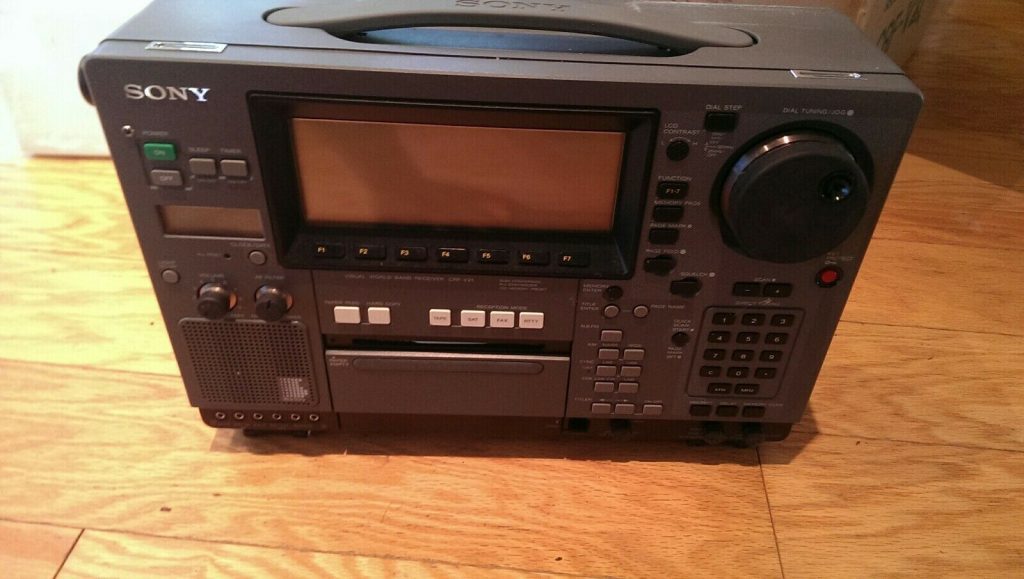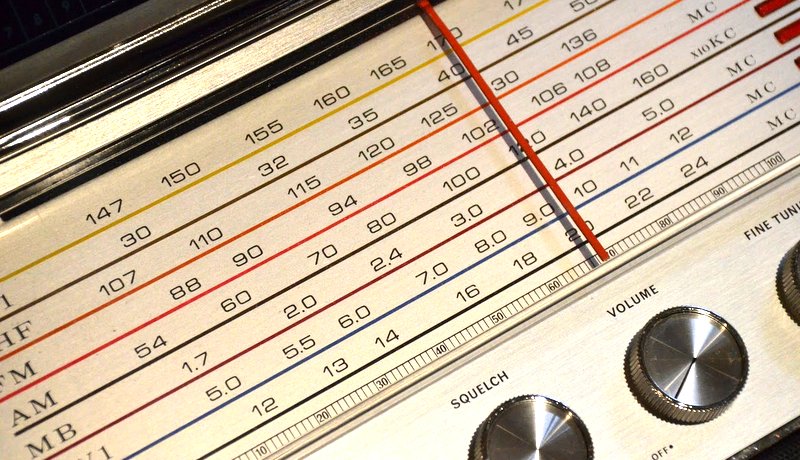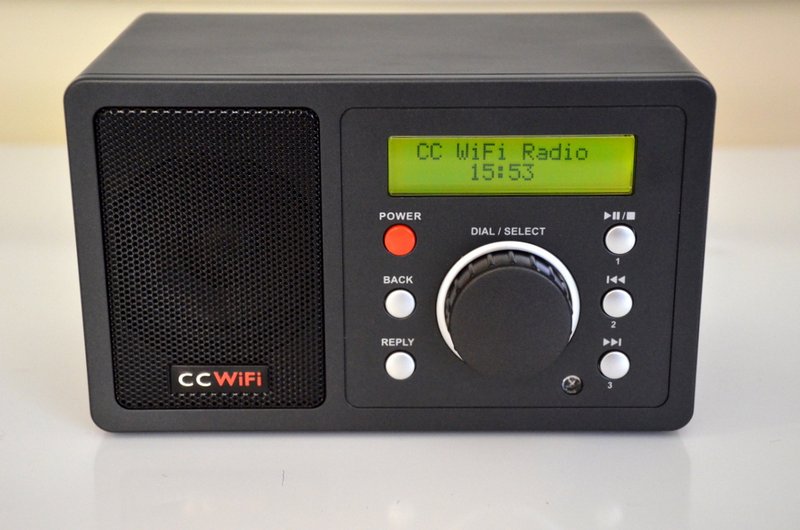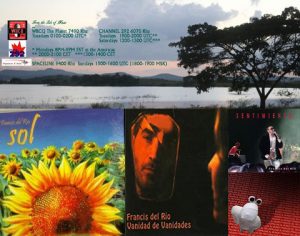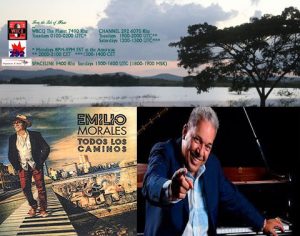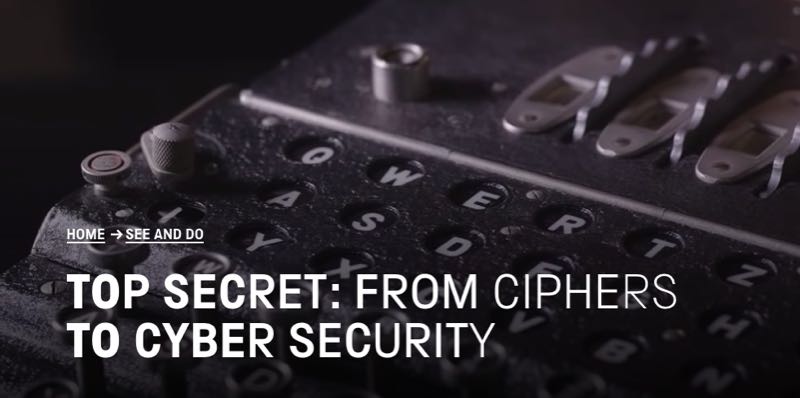Many thanks to SWLing Post contributor, Dan Robinson, who notes that a Sony CRF-V21, which is essentially “new in box” is approaching a record price with active bidding on eBay. At time of posting, the price is $6,988.00 CDN. How high will it go? We will soon know. Bidding ends at 20:30 EDT (00:30 UTC).
Rolf experiments with MW antenna coupling
Many thanks to SWLing Post contributor, Rolf, who writes:
I made a great discovery tuning using a second passive analog radio.
When I tune to Radio Caroline, for example, on my portable I can receive the signal okay. When I put the receiving radio on minimum then place it next to and couple it with the second radio, it is receiving a lot better!
Even stations I could hardly hear, now i can hear them!
Check out my short demonstration video:
Click here to view on YouTube.
That is fascinating, Rolf. Thank you for sharing. Indeed, this is one of the reasons why I try to maintain a good distance between radios when comparing them in reviews. In this case, though, you’re using coupling to your advantage!
Petition calls for BBC to allow streaming on 3rd party sites/apps
(Source: Southgate ARC)
A petition calling on the BBC to reinstate its internet radio stations to third-party apps has attracted nearly 2,000 signatures.
The petition is asking the broadcaster to reverse its decision to remove BBC stations from TuneIn, a popular app for listening to live internet radio.
The BBC removed its streams from the service at the end of September.
In a blogpost at the time, the BBC said that it was making the move because services like TuneIn do not allow it to collect data on its streams.
Kieran Clifton, the BBC’s director of distribution and business development, said: “We want our programmes, products and services to be the best they can be. And a major way we ensure that is by using meaningful data. Data is more and more important – as it helps us to make more types of programmes we know people like, and equally importantly, identify gaps in our commissioning to ensure we’re making something for all audiences. We also use the data collected about what you watch, listen to or read online to offer personalised programme recommendations – and make our services even more tailored to you.
“When we make our programmes available via third parties, we ask that those platforms either allow you to sign into your BBC account – or provide us with meaningful data directly. Unfortunately, TuneIn doesn’t do either of these, so we couldn’t reach a data sharing agreement with them.”
According to the petition, however, the move means that many listeners with digital radio devices can no longer listen to BBC stations.
The petition’s creator, Julian Prokaza, said: “The changes mean that a great many new internet devices are now effectively obsolete for people who used them mainly to listen to BBC radio.
“The changes also do not abide by the BBC remit of ‘making sure you can watch and listen to our programmes in ways that are both easy and convenient for you.’
“The BBC should restore its TuneIn streams immediately and maintain them at least until fully functional replacement services for affected devices are available.”
SAQ Grimeton to transmit on UN Day: October 24, 2019
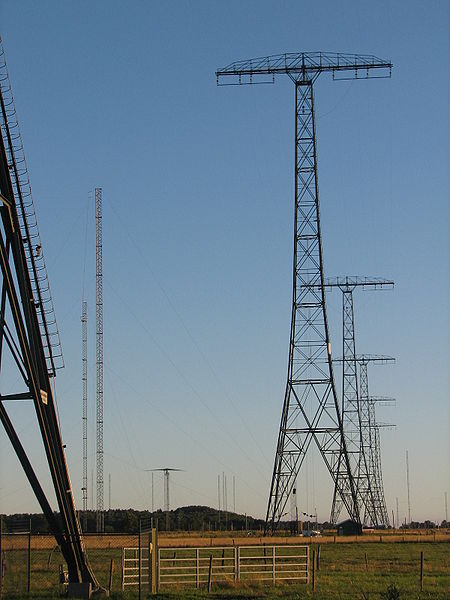 (Source: Southgate ARC)
(Source: Southgate ARC)
Join us in celebrating UN Day on October 24 at the World Heritage Grimeton!
This year, hundred years have passed since equal voting rights for men and women were introduced in Sweden. It is a human right that everyone can make their voices heard in fundamental issues and is prerequisite for creating a democratic and peaceful society.
On this occasion, we want to raise the power of women in peace issues. Therefore the organization Acting 4 Change, that works with the project womens empowerment in Casamance in Senegal, is invited to talk about women’s participation in the peace process from a Senegalese perspective.
During the evening, a peace message is sent with the old long-wave transmitter SAQ and finally we listen to Senegalese rhythms performed by Kilimandiarou.
The event is held in the radio station building with free admission.
Arrive at the event on time, as there is a limited number of seats.Tonight’s program 6 pm – 8 pm
Welcome – CEO Grimeton World Heritage, Camilla Lugnet
Women’s Participation in the Peace Process – Women’s Empowerment in Casamance – President Acting 4 Change, Linda Ohlsson*
The long wave transmitter is started – President Alexander GVV, Jan Steinbach
Peace message sent ** (17.00 UTC)
Concert with Kilimandiarou Welcome to an evening of signs of community and peace!
* More info about Acting for Change can be found here www.actingforchange.org
The arrangement is made possible with the help of project funds from Varberg Municipality.
More information about the transmission
The transmission is on 17,2 kHz CW.
Startup of the transmitter around 16.30 UTC
Transmission of a message at 17.00 UTC
You can also watch a live video stream of the transmission on www.alexander.n.se.No QSL-cards will be given this time and no List of Reports will be constructed but we accept shorter Listeners Report to e-mail [email protected].
*The world heritage site Grimeton is a living cultural heritage. All transmissions with the long-wave transmitter SAQ are therefore preliminary and may be cancelled with short notice.
1961 Film: “Tuning In Radio Sarawak”
Many thanks to SWLing Post contributor, Adid, who writes:
Hi Thomas, I just watched this very interesting DX film about RADIO SARAWAK.
It’s a behind the scenes look at radio in the tropics, with great vintage gear.
I don’t think it was FM as it’s was much expensive and coverage is limited. But on the other hand we don’t see the large MW antennas
What do you think?
Click here to view the film at the Imperial War Museum website.
Good question, Adid. The FM band wasn’t widely included on radios until the late 1950s and early 1960s. Since this film dates from 1961, I imagine some of those new transistor/valve radios could have included FM, although I imagine mediumwave was the choice band for regional broadcasts.
Hopefully, an SWLing Post reader can shed some more light on Radio Sarawak’s history! Please comment!
FTIOM & UBMP, October 20-November 2
From the Isle of Music, October 20-26 and October 27-November 2:
October 20-26: We feature the rather unique music of singer/composer Francis del Rio.
October 27-November 2: Our special guest is Emilio Morales, whose album Todos los Caminos won the Instrumental Vocal category of Cubadisco 2019.
The broadcasts take place:
1. For Eastern Europe but audible well beyond the target area in most of the Eastern Hemisphere (including parts of East Asia and Oceania) with 100Kw, Sunday 1500-1600 UTC on SpaceLine, 9400 KHz, from Sofia, Bulgaria (1800-1900 MSK)
If you don’t have a shortwave radio or are out of range, you can listen live to an uplink from a listening radio in the Netherlands during the broadcast at
http://websdr.ewi.utwente.nl:8901/?tune=9400am
2. For the Americas and parts of Europe, Tuesday 0000-0100 UTC (New UTC) on WBCQ, 7490 KHz from Monticello, ME, USA (Monday 8-9PM EST in the US).
If you don’t have a shortwave or are out of range, you can listen to a live stream from the WBCQ website here (choose 7490)
http://www.wbcq.com/?page_id=7
3 & 4. For Europe and sometimes beyond, Tuesday 1900-2000 UTC and Saturday 1200-1300 UTC on Channel 292, 6070 KHz from Rohrbach, Germany.
If you don’t have a shortwave radio or are out of range, you can listen live to an uplink from a listening radio in the Netherlands during the broadcast at
http://websdr.ewi.utwente.nl:8901/?tune=6070am
Visit our Facebook page at https://www.facebook.com/fromtheisleofmusic/
Uncle Bill’s Melting Pot, October 20, 22, 27 and 29:
October 20 and 22: Episode 135 presents music from Reunión, a department of France in the Indian Ocean with a fascinating mix of musical influences.
October 27 and 29: Episode 136 presents Kurdish music.
The transmissions take place:
1.Sundays 2200-2230 UTC (6:00PM -6:30PM Eastern US) on WBCQ The Planet 7490 KHz from the US to the Americas and parts of Europe
If you don’t have a shortwave or are out of range, you can listen to a live stream from the WBCQ website here (choose 7490)
http://www.wbcq.com/?page_id=7
2. Tuesdays 2000-2030 UTC on Channel 292, 6070 KHz from Rohrbach, Germany for Europe.
If you don’t have a shortwave radio or are out of range, you can listen live to an uplink from a listening radio in the Netherlands during the broadcast at
http://websdr.ewi.utwente.nl:8901/?tune=6070am
Visit our Facebook Page at https://www.facebook.com/UncleBillsMeltingPot/
Paul attends “The Secret War” special exhibit at the Science Museum
Many thanks to SWLing Post contributor, Paul Evans, who writes:
From the SWLing roving foreign correspondent.
A couple of weeks before going to London on our recent trip, I was idly looking through the Science Museum web site when I spotted a special exhibit ‘The Secret War’ put on by ‘members of GCHQ’. It had to be booked in advance (but was FREE), so I duly registered and printed out our tickets.
Come the first full day of our visit, a short walk in Kensington took us to the museum and an 11am time slot. The exhibit was a little hard to find, way at the back of Floor 0 and down some stairs, however it wasn’t just shoved in a ‘lesser area’. Entry was through a computer check-in and helper. However, there was enough slack that anybody showing up could enter more or less ‘on demand’. The exhibit is limited to 100 visitors per hour (that’s the trick).
Well, it was very well done and went all the way through the earliest coding in Greece and Egypt, through WWII and Bletchley to GCHQ and modern exhibits such as Edward Snowden’s laptop.
We had the pleasure to hear G7VAK calling CQ on a straight key, so I went over and answered him and gave him a suitable signal report and we swapped cards. Paul is manning the show, it seems, through most of its run into next year [23 February, 2020]. We exchanged suitable quips about having to kill each other if we said what we couldn’t say. He had a letter about some questions asked at the exhibit printed recently in RSGB RadCom in the ‘The Last Word’.
Overall the Science Museum has improved very much, having moved from a place stuffed full of (fairly) boring exhibits, to a more open and curated layout. They have also added snack bars (very good quality but pricey) on each floor.
Well worth a visit to what is now one of the world’s best museums of any topic. One of the finest exhibits on the staircase entry to Mathematics is the recently finished Babbage machine. And it works!
P.S. Personal bias. My Uncle Fred was at Bletchley Park, Hut 6 for a couple of years before being placed overseas, including a couple of trips to the USA (shhhhhhh!)
Mum’s the word, Paul! Thank you for the quick review of this special exhibit.
If you’d like to book a free ticket for this exhibit, go to the Science Museum website and click on the “Book Now” link!

